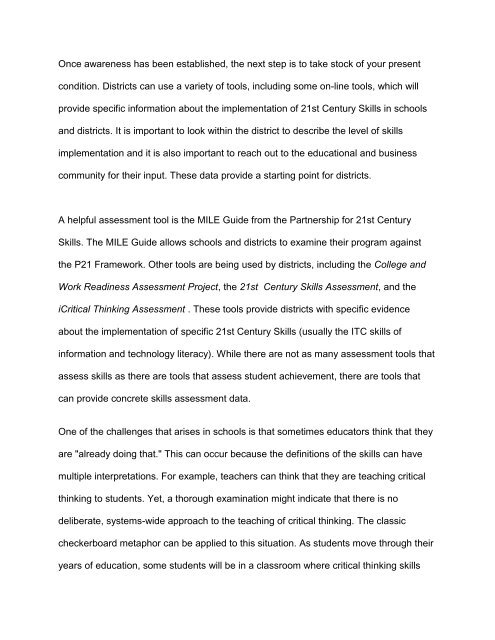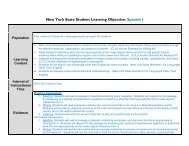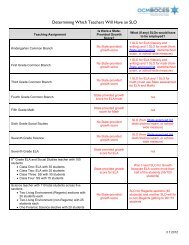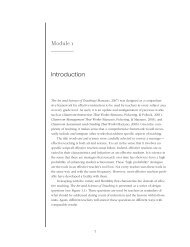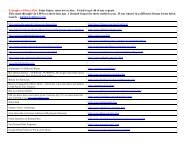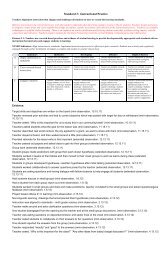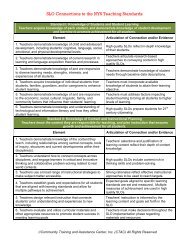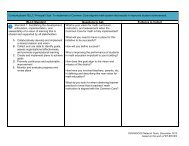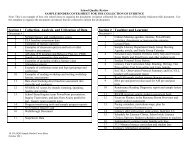Six Steps for Implementing 21st Century Skills - OCM Boces
Six Steps for Implementing 21st Century Skills - OCM Boces
Six Steps for Implementing 21st Century Skills - OCM Boces
You also want an ePaper? Increase the reach of your titles
YUMPU automatically turns print PDFs into web optimized ePapers that Google loves.
Once awareness has been established, the next step is to take stock of your present<br />
condition. Districts can use a variety of tools, including some on-line tools, which will<br />
provide specific in<strong>for</strong>mation about the implementation of <strong>21st</strong> <strong>Century</strong> <strong>Skills</strong> in schools<br />
and districts. It is important to look within the district to describe the level of skills<br />
implementation and it is also important to reach out to the educational and business<br />
community <strong>for</strong> their input. These data provide a starting point <strong>for</strong> districts.<br />
A helpful assessment tool is the MILE Guide from the Partnership <strong>for</strong> <strong>21st</strong> <strong>Century</strong><br />
<strong>Skills</strong>. The MILE Guide allows schools and districts to examine their program against<br />
the P21 Framework. Other tools are being used by districts, including the College and<br />
Work Readiness Assessment Project, the <strong>21st</strong> <strong>Century</strong> <strong>Skills</strong> Assessment, and the<br />
iCritical Thinking Assessment . These tools provide districts with specific evidence<br />
about the implementation of specific <strong>21st</strong> <strong>Century</strong> <strong>Skills</strong> (usually the ITC skills of<br />
in<strong>for</strong>mation and technology literacy). While there are not as many assessment tools that<br />
assess skills as there are tools that assess student achievement, there are tools that<br />
can provide concrete skills assessment data.<br />
One of the challenges that arises in schools is that sometimes educators think that they<br />
are "already doing that." This can occur because the definitions of the skills can have<br />
multiple interpretations. For example, teachers can think that they are teaching critical<br />
thinking to students. Yet, a thorough examination might indicate that there is no<br />
deliberate, systems-wide approach to the teaching of critical thinking. The classic<br />
checkerboard metaphor can be applied to this situation. As students move through their<br />
years of education, some students will be in a classroom where critical thinking skills


